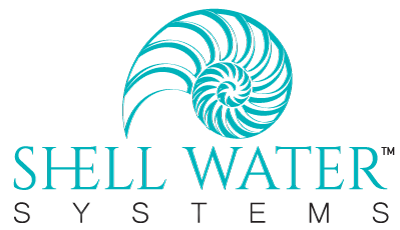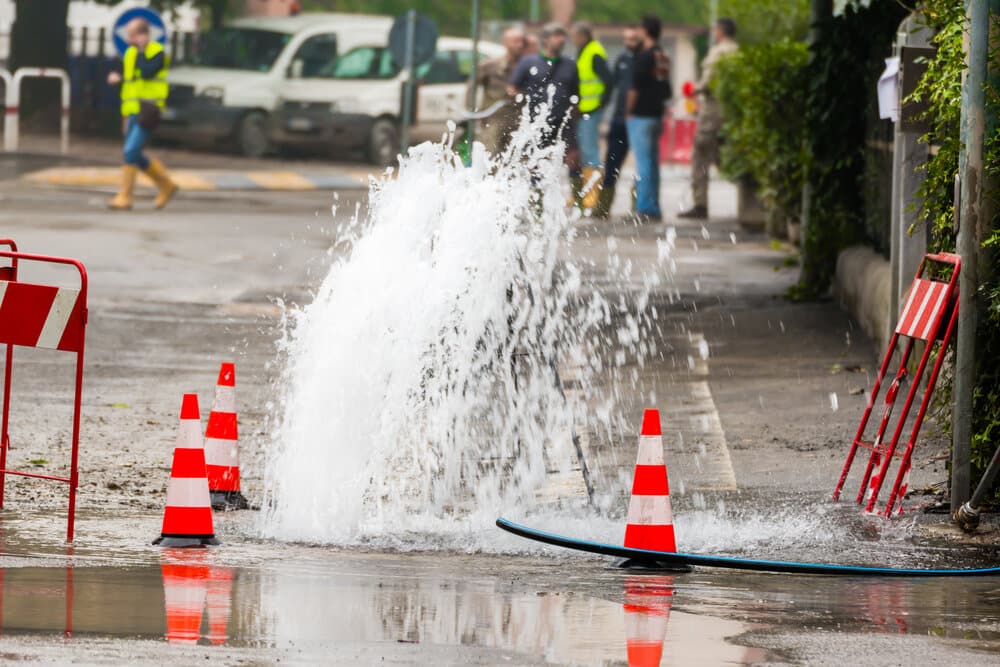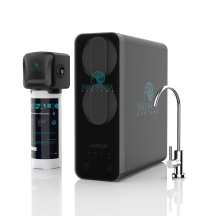Assessing the overall trend of drinking water quality in the United States is a complex matter that can vary depending on specific locations and timeframes. Generally, drinking water quality in the United States has improved significantly over the past several decades due to regulations, advancements in treatment technologies, and increased awareness of potential contaminants. However, challenges remain, and water quality issues can arise in certain areas.
Here are some factors to consider:
- Aging Infrastructure: The United States has an extensive water infrastructure system, and some parts of it are aging and in need of repair or replacement. Aging pipes can contribute to issues such as lead contamination or water leaks, affecting water quality in certain areas.
- Source Water Protection: Protecting the sources of drinking water, such as lakes, rivers, and groundwater, is crucial for maintaining high water quality. Pollution, industrial activities, and agricultural practices can pose challenges to source water protection.
- Emerging Contaminants: New contaminants may emerge over time, and the understanding of their potential health risks may evolve. Examples of emerging contaminants include certain chemicals, pharmaceuticals, and microplastics. Addressing these emerging contaminants requires ongoing research and regulatory updates. The EPA monitors emerging contaminants and contaminants of emerging concern and has information available to the public.
- Disparities in Access: While the United States generally has good access to safe drinking water, disparities can exist, particularly in underserved communities. These disparities may be related to infrastructure, affordability, or environmental justice concerns, affecting the quality and accessibility of drinking water.
It’s important to note that the United States has robust regulations and monitoring programs to ensure the safety of drinking water. The Safe Drinking Water Act (SDWA) sets standards for drinking water quality, and the Environmental Protection Agency (EPA) regulates public water systems. However, challenges can still arise, and periodic incidents of water contamination or quality issues can occur.
That is why it’s so important to use a point-of-use drinking water system to help protect your health from potential contaminants.


